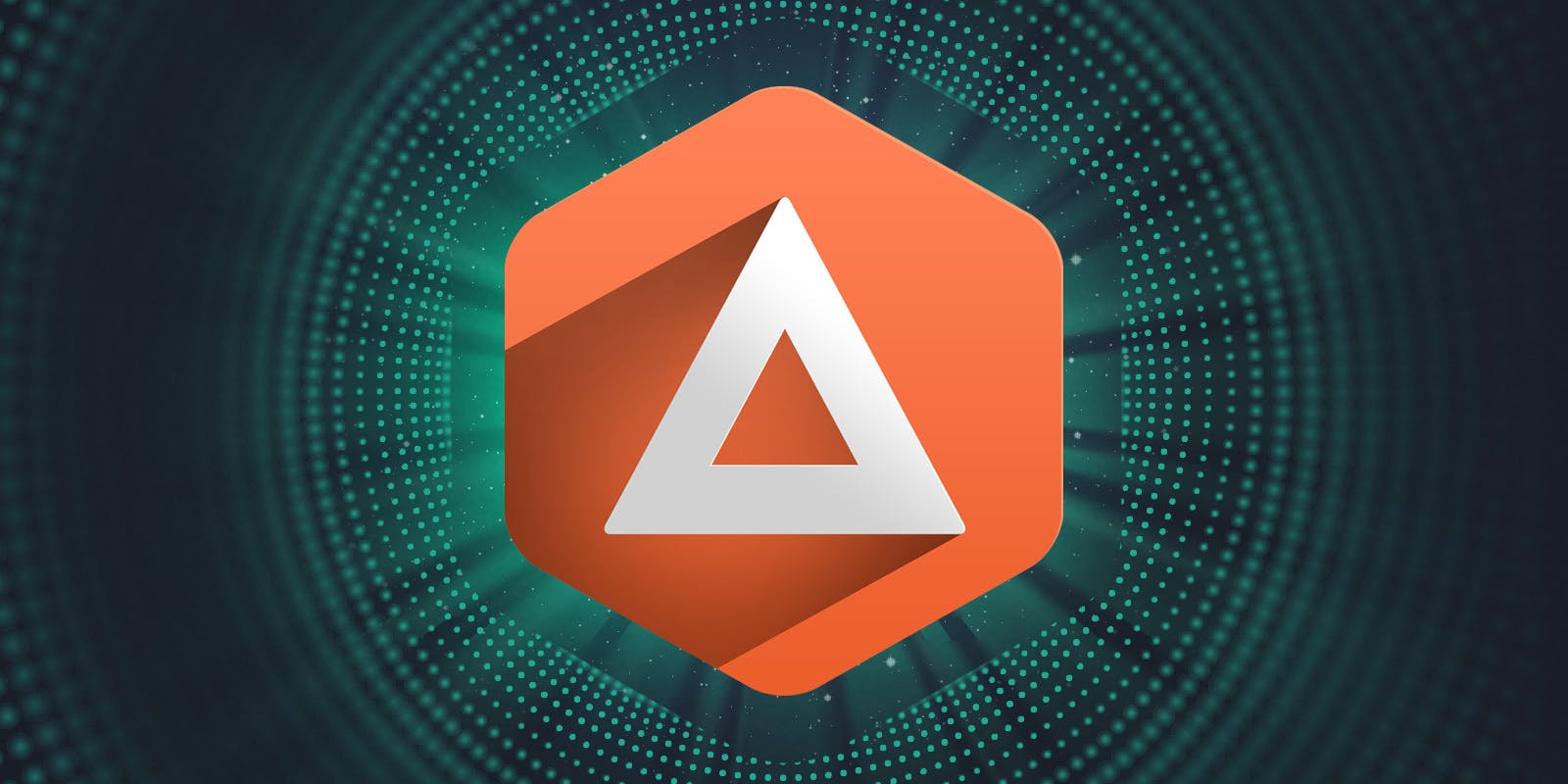Basic Attention Token (BAT) is an ad-exchange program that is built into the Brave web browser. It is a decentralised, open-source utility token based on the Ethereum blockchain with the goal of becoming integrated into other mainstream web browsers.
The token is designed to reward users for their attention while simultaneously providing advertisers with a better return on advertisement spending.
In brief:
- BAT is an ERC-20 token
- Nearly all 1.5 billion tokens have been distributed
- The coin is secured via Proof-of-Stake (PoS)
- Three parties: users, publishers and advertisers make up the Brave ecosystem
- BAT is integrated with the Brave browser, which aims to take on Web 2.0 browsers.
Who created BAT?
Brendan Eich and Brian Bondy created Basic Attention Token, both of whom are veterans of the internet browsing software sector.
Brendan Eich is the CEO of Brave Software, and prior to his role at Brave, was the founder and CTO of Mozilla. Brendan invented JavaScript in 1995 too, and was involved in launching Mozilla Firefox in 2004. Brian Bondy is BAT’s CTO and has a similar story. He was a veteran senior engineer at Mozilla and worked as a software developer at the Khan Academy prior to that.
The pair have over 50 years of combined experience in programming and development. They are supported by a team of 16 members, most of whom have either an engineering or research background.
How does the protocol work?
Basic Attention Token is built on the Ethereum blockchain which is integrated into the Brave browser. BAT tokens are used as a form of currency on the platform for advertising services. The protocol relies on three parties in order to function: users, publishers and advertisers, with the goal of allowing companies to gain access to user’s attention – quite literally.
In essence, publishers put out the content they create online then advertisers go to the publishers and offer a number of BATs as payment. In turn, users receive some BATs for participating in the exchange. Once the exchange is completed, users can either donate these tokens to publishers, use them on the platform or sell the tokens on a crypto exchange.
The idea is fairly straightforward: the tokens maintain all user data in a safe and private format, while also providing specific personalised advertisements for advertisers. This is only achieved with the end-user’s consent.
Publishers can benefit from the exchange due to the considerably lower amount of fraud, maximising the reward potential in the process. At the same time, advertisers receive better data for their businesses and strategies.
What is the BAT token?
Launched in 2017, the Basic Attention Token was one of the fastest selling initial coin offerings (ICOs) of all time, with the platform raising $35 million in 60 seconds. A total of 1 billion BAT tokens were sold initially, while the remaining 200 million were used for a development pool, and 300 million kept in reserve for user growth (UGP).
Since then, the team has rolled out the attention-based advertising experience to users in most countries through the Brave Rewards program.
The token has a maximum supply of 1.5 billion tokens, which cannot be increased without switching to a new smart contract platform. Since launch, nearly all the supply has been circulated, which is to say that the token’s supply can be considered as fully diluted.
The Brave Browser
BAT is the utility token for Brave browser. It is a necessary component of the Brave ecosystem and like any ERC-20 token, BAT is secured by a Proof of Stake (PoS) consensus algorithm. This ensures the validity and permanence of Basic Attention Token transactions. Transactions are effectively irreversible once confirmed on the network.
The token experience is itself the unit of reward in this advertising ecosystem. The browser boasts privacy features and speeds better than other mainstream browsers. As of February 2021, the Brave browser surpassed 25 million monthly active users.
What are the main features of BAT?
The main use-case for BAT is its usefulness to run advertising campaigns through Brave ads. As of last year, advertisers must commit to spend a minimum of $2,500 per month in order to launch a campaign. However, a more fleshed out self-service platform is in the works.
Ad budgets require BAT tokens, which can be acquired from several exchanges – against which Brave takes a commission that is redistributed to publishers and users.
One distinguishing feature of the Basic Attention Token is the ability to tip users that haven’t joined the network – thus incentivising further adoption.
Putting it all together
BAT is the currency for the Brave Browser. In a way, the browser’s success dictates the currency’s growth and vice versa. As time goes on and more advertisers use BAT, this creates a positive feedback loop that benefits from the mechanics of network effects.
The project is as intuitive as it is ambitious, catering for the digitalised world of online marketing and advertising. If the developers succeed, BAT might be a front-runner in taking a major slice of the pie for Web 3.0.
